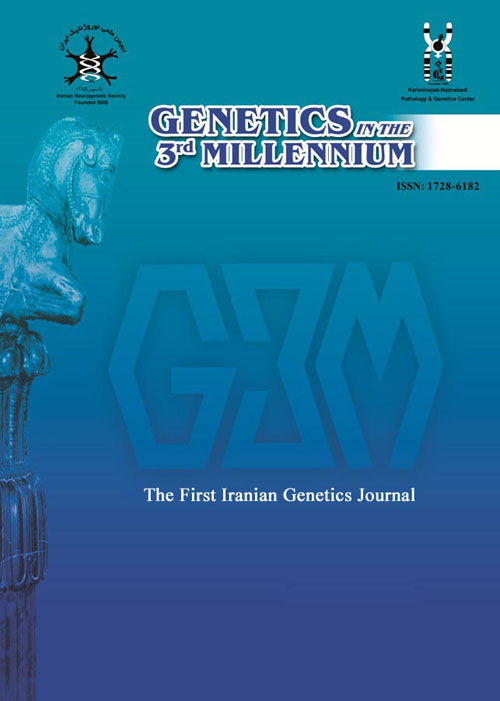Linkage Analysis of DFNB59, One of the Prevalent Loci in 36 Iranian Families with Autosomal Recessive Non-Syndromic Hearing L oss
Heredity hearing loss (HL) is the most prevalent sensory disorder and most cases are non-syndromic. Eighty percent of non-syndromic sensorineural deaf patients show an autosomal recessive pattern of inheritance. To date، 47 genes and 98 loci have been reported for this mode of inheritance. Previous studies in our center showed the high prevalence of DFNB3 among Iranian deaf families. PJVK (DFNB59) is the first human gene implicated in non-syndromic deafness due to a neuronal defect. PJVK encodes Pejvakin، which is present in the auditory nerves and brainstem. Scientists believe Pejvakin can play an important role in transmission of nerve impulses that register sound. The aim of this study was to investigate the prevalence of DFNB59 mutations among 36 unrelated deaf Iranian families. We selected 36 consanguineous deaf families with two or more affected individuals who were negative for mutations in GJB2. At first، we conducted homozygosity mapping using four STR markers for DFNB59 and finally، for the families that showed autozygosity by descent، we performed Sanger Sequencing for all exons via intronic primers flanking the exons. One family showed autozygosity by descent at DFNB59 locus and Sanger Sequencing of the family revealed c: 499C>T transition، which produces a premature stop codon (R167X). So far، ten different types of mutations have been reported for Pejvakin gene. In 2007، R167X was first reported in a Turkish family. This study revealed the first case of R167X among Iranian population and it seems that the mutation in Pejvakin is more prevalent in Iran than other countries، because most cases have been reported among Iranian population.


